23 October 2017
Andrew Sean Greer is the author of seven works of fiction, including The Confessions of Max Tivoli, The Story of a Marriage and The Impossible Lives of Greta Wells. The latest, Less, came out in the United States last July and has now been published in Italy, by La Nave di Teseo. Since 2016 he has been the executive director of the Santa Maddalena Foundation, a writer’s residence set on a hill 25 miles east of Florence. He was born in Washington DC in 1970. When he’s not in Italy he is usually in San Francisco, and he loves to travel around the world.
“Maybe the best city to spend a weekend in with friends is Mexico City. You would feel like you are discovering places where no one has gone to because Mexico City doesn’t seem to be a city for tourists, but for the people who live there. Where there’s a live band playing samba, everyone goes and dances and they don’t mind if you—North American or European—do the same.”
And a trip you’ve made on your own?
I’m a solitary traveler when I’m by myself. I sit at a table and have my cocktail. So when I went to Kyoto it was perfect, the Japanese don’t find it strange that someone goes around on their own.
You are a fan of Burning Man, right? When did you go the first time?
In 2005, with my close friend Soo. I didn’t know anyone else in the group, that was uncomfortable.
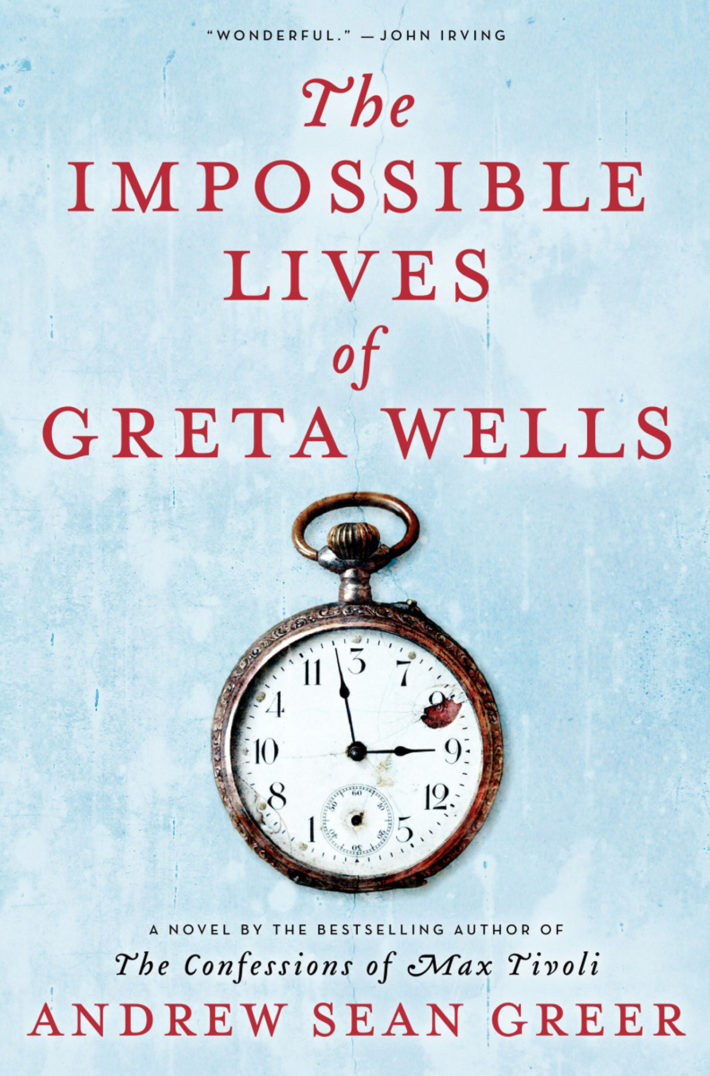
But you loved it.
No, I hated it!
What?
Now everyone wants to go to festivals, but back then festivals were uncool. New York City hipsters’ attitude does not work at Burning Man: irony and sarcasm, you can’t do that there. Me and my friends made fun of Burning Man for years, then I went and there was no one to sit and make fun of it with me. That’s why I didn’t like it. But I went back.
Why?
In some way I understood that I was the problem. That I approached Burning Man completely the wrong way and my way had not worked. I was not supposed to become more insular and protective, but just let myself go.
Has it changed you?
Yeah, I think it changed me. I became much less judgmental. One of its principles is radical inclusion, which is very hard. To get the best out of Burning Man you have to curb the impulse to take the mickey out of certain kind of person. You have to put yourself on the line.
In recent years all the cool people have seemed to love going there.
It’s true. It’s another example of an artistic underground that everyone made fun of for two decades, but finally made its way out and changed the culture enough so that everyone else wants to take part, which usually ruins the thing.
But the spirit of the Burning Man seems to be still alive.
Because it’s a city that’s built every year. Unlike a place like New York City, where all parts can be taken over by rich people and lost for decades.
Have you ever lived in NYC?
Yes, I moved to New York City in 1992, after university, when it was not hip and not pretty, though everything was expensive. I lived in the West Village because I could just afford that. No one lived in Brooklyn.
Why was the West Village so cheap?
Because it was the gay neighborhood and all the men had died, so there were a lot of empty apartments and straight people didn’t want to live there.
Were they afraid of HIV?
No, just of being made fun of for living in the gay neighborhood.
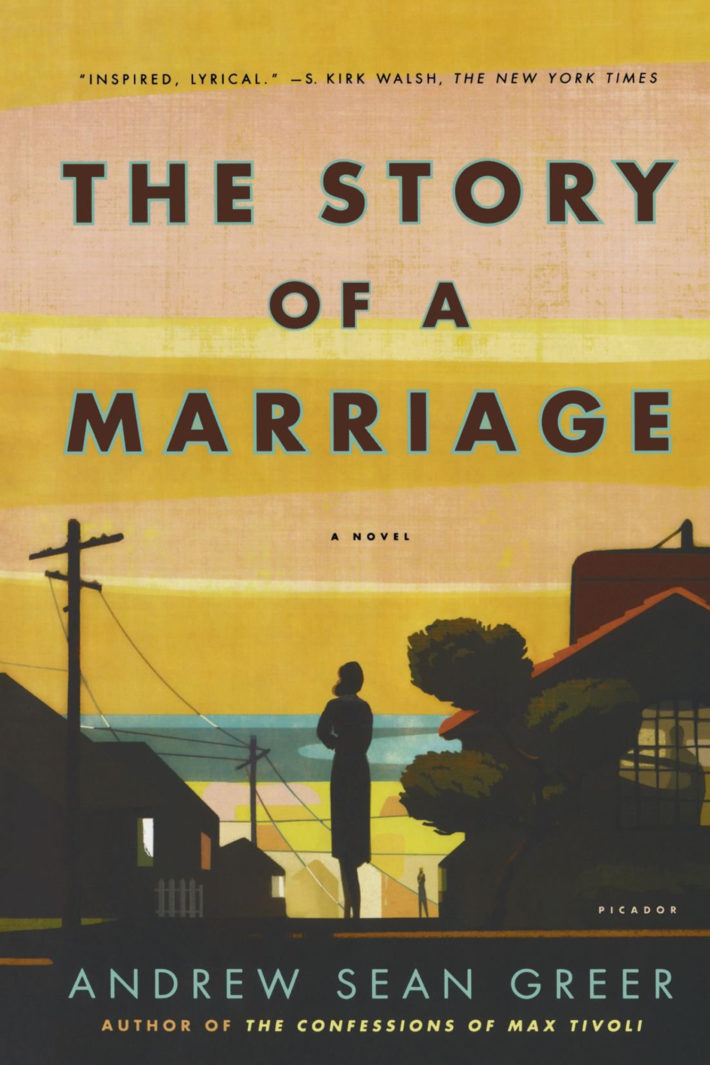
Did you like living in New York?
I was very unhappy and my friends told me that I needed to be edgier in order to survive and I couldn’t figure out how to do that. You meet thousands of people a day so you have to have a protection of some kind. I needed to get that or I would have been eaten alive. I was 21!
Is this the reason why you ended up living in San Francisco?
That’s after graduate school in Creative Writing at the University of Montana, in Missoula, and two years in Seattle.
Why Seattle?
It was the biggest town next to Missoula and I was curious. At the time it was cool and grunge to be there. It was 1996. Kurt Cobain had died 2 years before. I didn’t take part in anything. I had no money and I never went out and I hated it. I hated Seattle. It was the only place that I ever lived that was a mistake.
Was it a bigger mistake than New York?
Definitely. In NYC it was full of possibilities that I couldn’t take part in. Seattle had nothing for me. I couldn’t make friends, I couldn’t find the writing world. Nothing. My twin brother Mike lived in San Francisco and I had visited there one summer. I knew I would love it, so I moved there in 1998.
How was San Francisco in 1998?
It had a lot of artists, I have to say. There was a huge writing community and that was wonderful.
Bigger than the one in NYC?
In New York it was very hard to meet other writers because everyone is somehow protecting their little world. And anyway, at a certain point, a lot of writers moved from New York to San Francisco, forming a very open and supportive group. There were presentations of books in bars, in the old bookstores all the time. For me that was a paradise.
Who were the other writers?
Michael Chabon, Daniel Handler, Dave Eggers and underground writers like Michelle Tea, still very influential in the United States. It was great to meet writers like her, who were not heading for fame but were looking to change the world.
Have you visited the new San Francisco MoMA?
Of course. I went and I thought we are finally in a world-class city. We never had a museum like that, and that made me happy because so much of how San Francisco has changed has made me unhappy. I also think this means that you lose the artists and then you get museums.
Today maybe are there more designers?
Yes, that comes naturally out of the engineering tech-world. Most of my friends are designers, and they find this city a creative outlet.
And what about the new Bay Bridge?
The old bridge had to be replaced for earthquake reasons, so they got a new design but Schwarzenegger—governor at the time—said “It’s too expensive. You just need a bridge, it doesn’t have to be beautiful.” We argued that it does need to be beautiful and finally won. Bridges are one of the few things that can have this grand feeling and we know that in San Francisco, because we have one of the most famous bridges in the world: the Golden Gate, where I go swimming every morning.
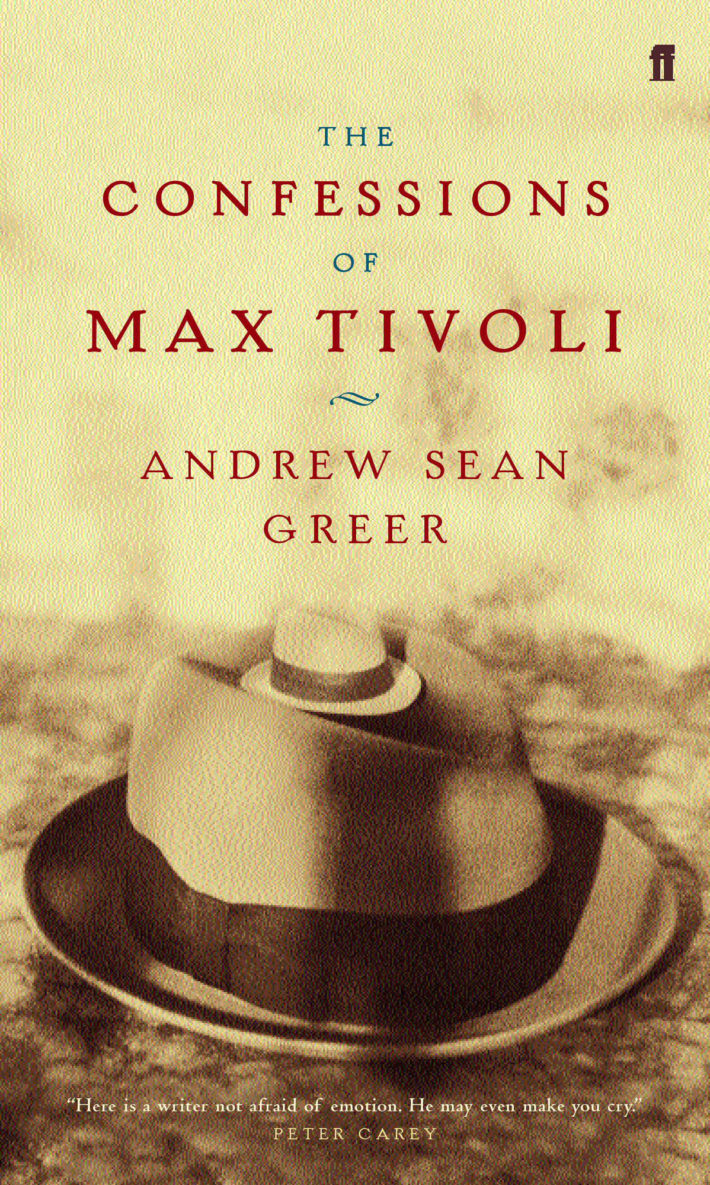
It seems like you really love bridges.
I do! At one of my readings for my novel The Confessions of Max Tivoli I went to Redding, California, a town in the middle of nowhere. The young woman who ran the event took me to a footbridge by Calatrava, a present to the town from a rich couple. People were not happy with it: they needed a new library, not a bridge over a river leading from nowhere to nowhere. But now visitors go to Redding just for this. This young woman told me that when she saw it, it was some kind of revelation to her, that there could be something different in the world, something that could be made just for beauty and pleasure. Which is the reason we do art. Art is transforming.
The beginning of The Confessions of Max Tivoli is now a sentence that appears on wedding announcements: “We are each the love of someone’s life.” How do you feel like when your words become so popular?
Well, who wouldn’t like that? I find that very flattering when people use it at a wedding ceremony. But I do think that I have a different sense of that sentence than they probably do. What if someone else is the love of our life?
The Confessions of Max Tivoli tells the story of a man aging backwards. A story inspired by Bob Dylan’s song My Back Pages. What was your reaction when he won the Nobel Prize for Literature?
My first reaction was: that’s fantastic! We all know that prizes once in a while have to touch on someone that the public agrees with. I might think that Leonard Cohen is a better writer—he wasn’t dead yet—or Joni Mitchell, but Bob Dylan is the most popular.
Your most recent book Less came out in the United States last summer and has just been published in Italy.
Less is completely different from my last books, which were all wistful and poignant. Some of them are kind of thought experiments, something fantastical. This one is a comedy.
Were you tired of writing tragedies?
I think a comedy is just the reverse of the same events of a tragedy, seen from a long distance and with a sense of humor. In a comedy terrible things happen. People fall on their faces, make mistakes, some of them lose romance, some of them gain it again. All these things could be a tragedy—we experience that in life—unless we could change our point of view and then they are funnier. That’s what happened with this book. I just started off with it going to be a tragedy and then I changed my mind.
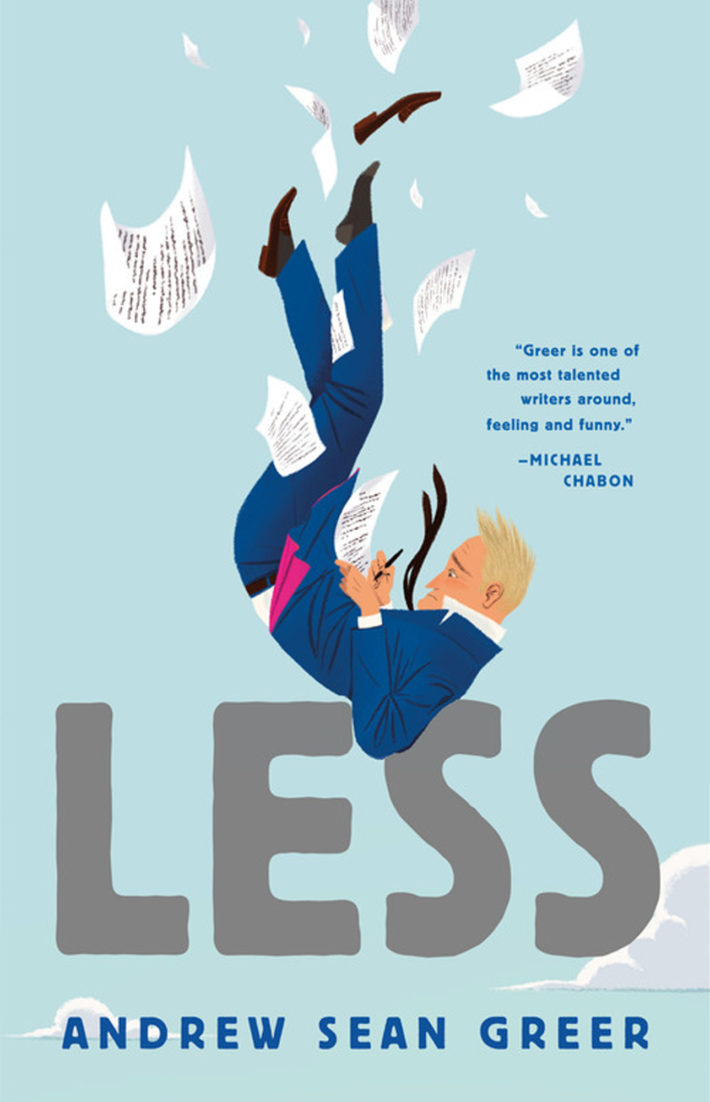
The title is the last name of the main character.
Yes, Arthur Less. For the first time I also got to choose the subject for the image on the cover, illustrated by Leo Espinosa, and I also thought about the illustrations inside the book.
By the same artist?
No, they are done by Lilli Carré. I wanted her to illustrate each chapter with an image that would not be the central one, but focus on secondary aspects. I think that makes it sort of mysterious.
So it was you suggesting her these images?
I told her exactly what I wanted illustrated. It’s a book about a man traveling around the world but I didn’t want the chapter in Mexico to have a sombrero. There’s a chapter in India and it’s a picture of a sewing needle, so you look at it and think: “What is this going to be?”
Certainly not a traditional travel book.
Every chapter is set in a different country but it’s just the occasion for the story to happen.
Half of the year you are in Tuscany as executive director of the Santa Maddalena Foundation, whose president is Beatrice Monti della Corte, former owner of the Galleria dell’Ariete in Milan—closed in 1993. Does her collection of paintings have any impact on your work?
Yes, a very strong impact. There is a whole hallway at the foundation with posters for the shows at the gallery in Milan, all of them solo exhibitions: Jasper Johns, Robert Rauschenberg, Cy Twombly… and Italian ones, of course. I think it’s very important for writers to have another art form to lose themselves in. When you get trapped in your own world, you can get out of it by going for a long walk. But for me, if I look at something like a painting, it sets me free.
Did you meet any of the Italian artists who passed through the Galleria dell’Ariete?
Not many, but there is one story I’d like to tell you. The year I went to the foundation for the first time, in 2005, Piero Dorazio died. I went to his funeral and there I met some Italian artists. Three years later, I was in a street market at Arezzo and Beatrice saw a painting on a stall and whispered: “It’s a Dorazio.” The man behind the stall didn’t know what it was so now I own a Dorazio.
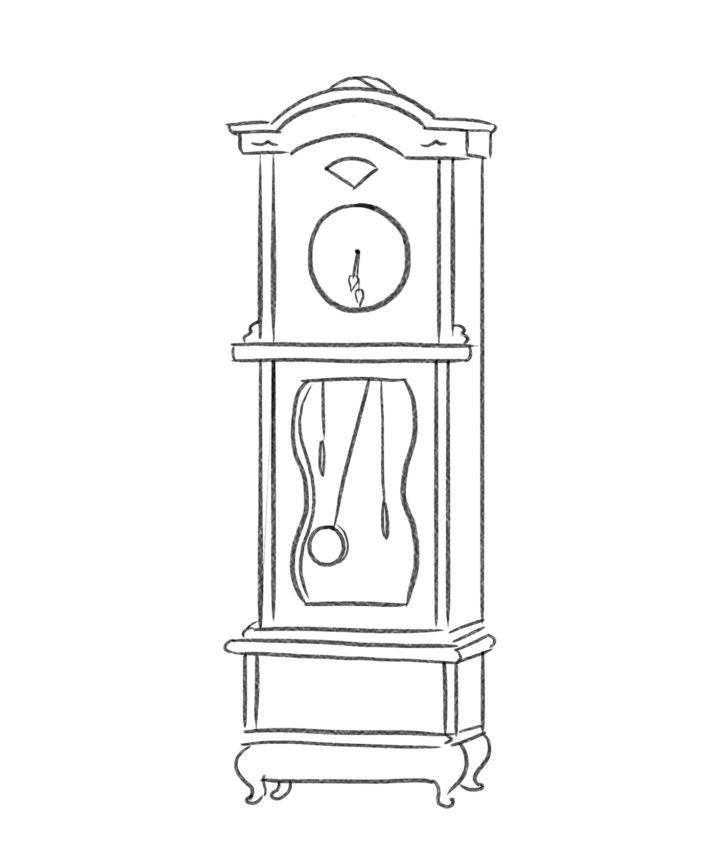
Illustration by Lilli Carré, from Less.
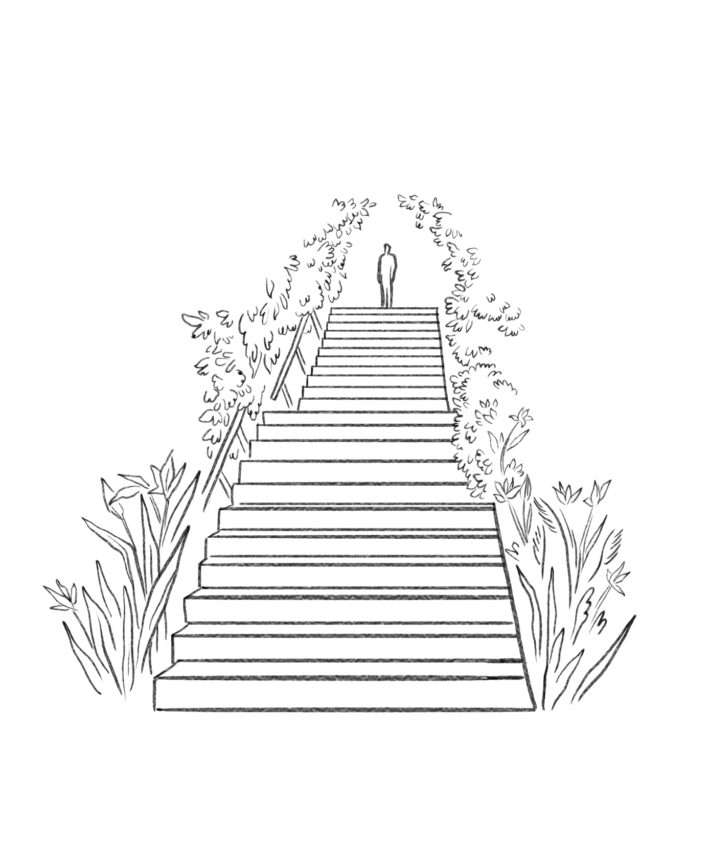
Illustration by Lilli Carré, from Less.

Illustration by Lilli Carré, from Less.
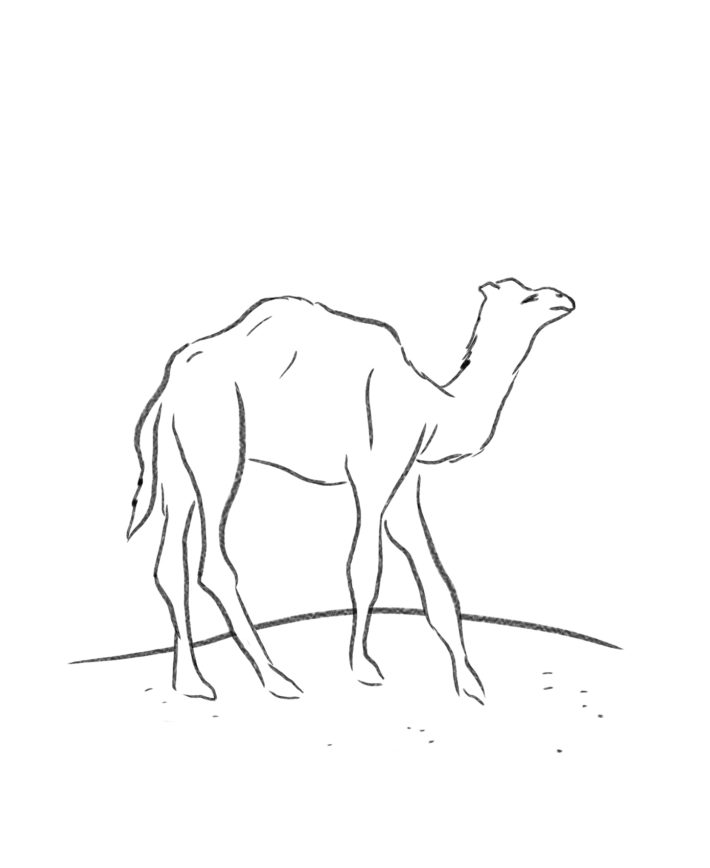
Illustration by Lilli Carré, from Less.
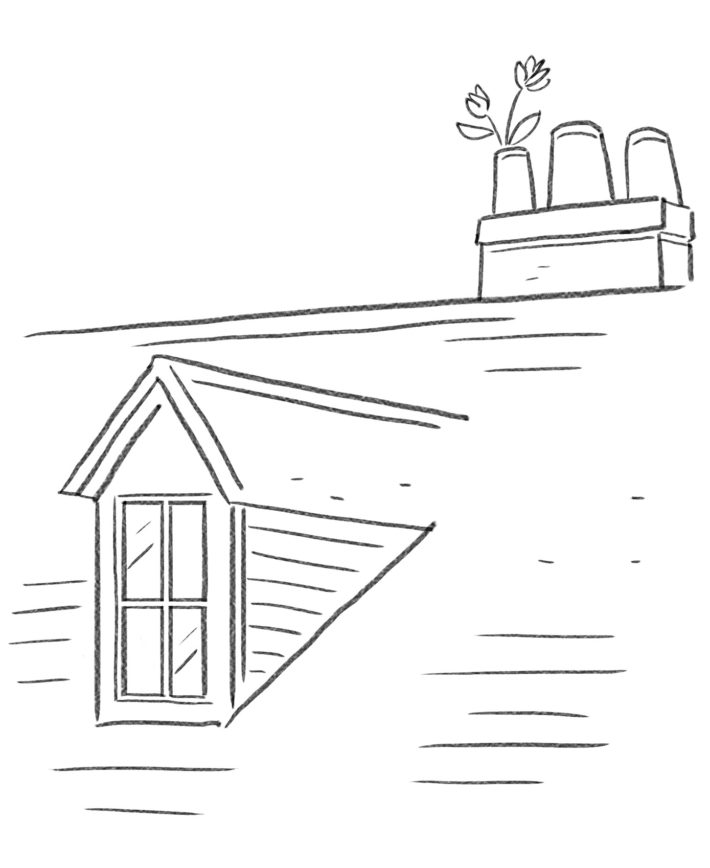
Illustration by Lilli Carré, from Less.
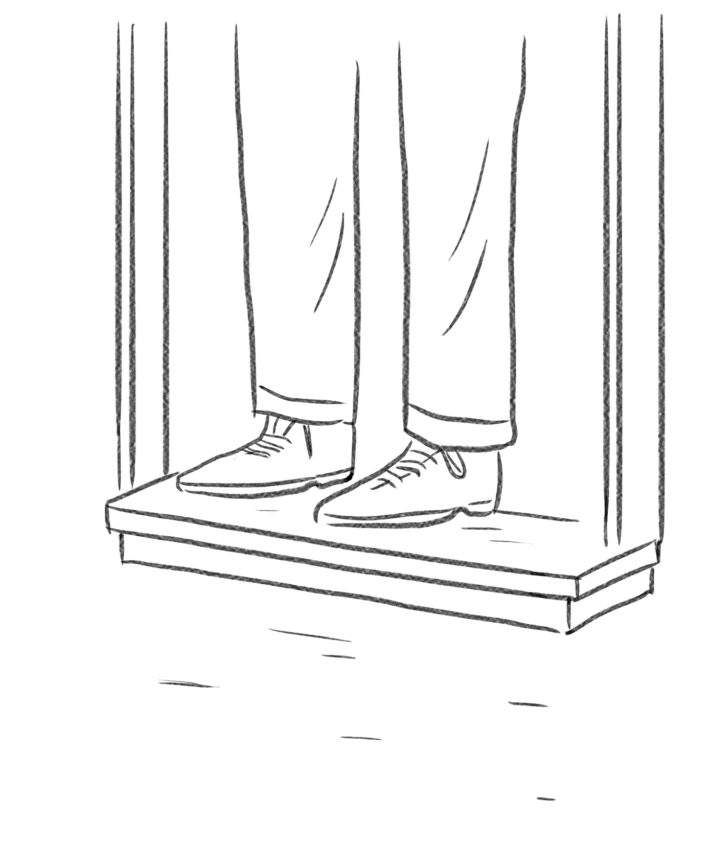
Illustration by Lilli Carré, from Less.
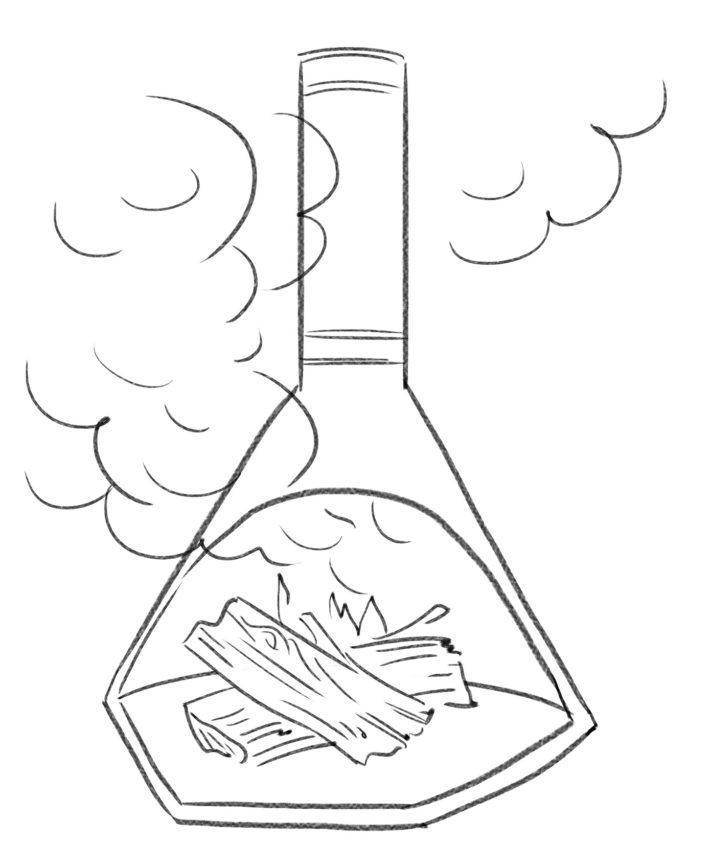
Illustration by Lilli Carré, from Less.
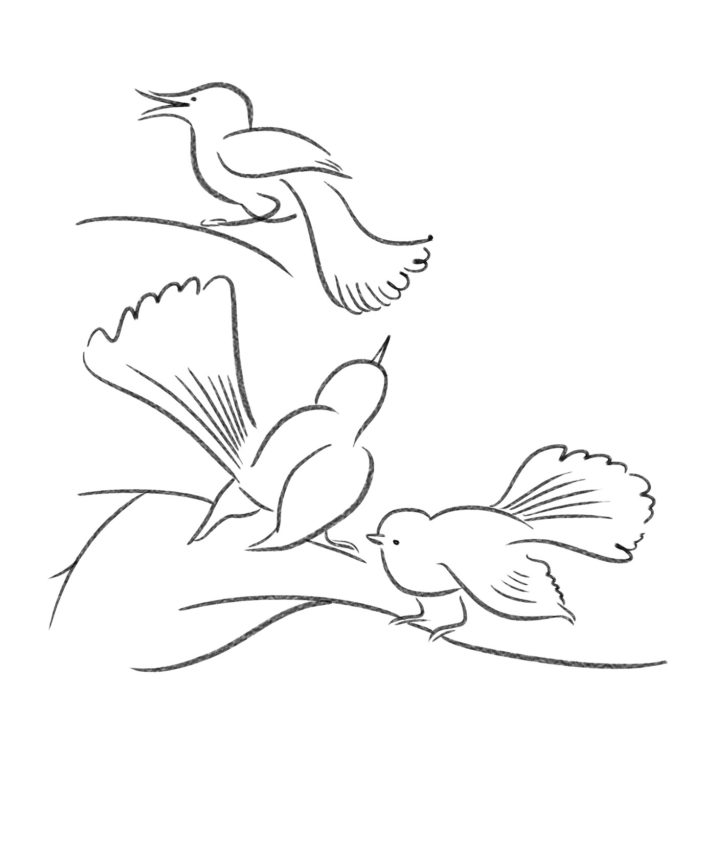
Illustration by Lilli Carré, from Less.